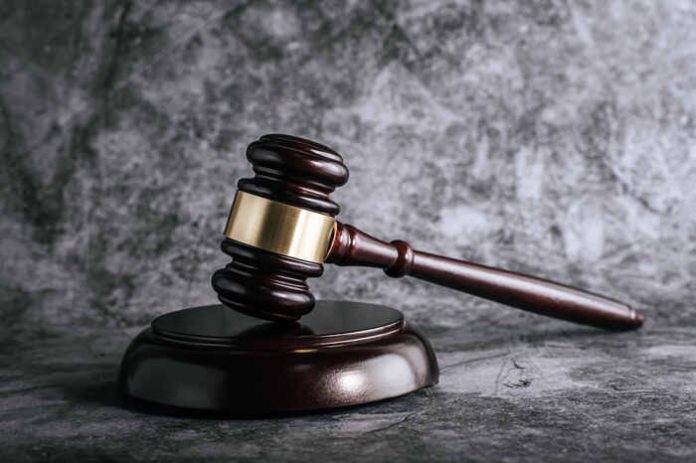INTRODUCTION
Like in many other countries, banks in India often face problems when people or companies don’t repay their loans. These unpaid loans are called non-performing assets (NPAS). When banks don’t get their money back, it affects their ability to give new loans and creates problems for the whole economy.
To help banks recover these bad loans more easily, the Indian government passed a law in 2002 called the SARFAESI Act (short for Securitisation and Reconstruction of Financial Assets and Enforcement of Security Interest Act). This law allows banks and financial institutions to recover money from defaulters without going to court, making the process faster and more effective.
HISTORCIAL BAGROUND OF THE ACT
Before the SARFAESI Act came into effect, banks had to go through long and slow court processes to get back money from people who didn’t repay their loans. They had to file cases in civil courts or approach Debt Recovery Tribunals and Lok Adalats, but these methods took a lot of time and didn’t help much in quickly recovering the money.
In the 1990s, the number of unpaid loans kept increasing, which became a serious problem for banks and the country’s economy. To solve this, two expert groups—the Narasimham Committee in 1998 and the Andhyarujina Committee in 1999—advised the government to give banks the power to take over and sell a borrower’s property without having to go to court. These ideas led to the creation of the SARFAESI Act.
Objectives of the SARFAESI Act
- To make a proper law that helps in handling and selling bad loans.
- To let banks take back money from borrowers without going to court.
- To set rules for how companies that handle bad loans (called ARCs) should work.
- To create a market where banks can sell their bad loans to others.
- To help banks give their bad loans to ARCs so they can try to recover the money.
AMENDMENTS TO THE SARFAESI ACT
- SARFAESI ACT 2004 AMENDMENT
Make sure that the law follows the country’s basic rules.
Give more freedom to ARCs to do their work easily.
Made it clearer what rights borrowers have and what banks must do.
- Enforcement of Security Interest and Recovery of Debts Laws and Miscellaneous Provisions (Amendment) Act, 2016
ARCs were allowed to take control of a borrower’s business if needed. Gave banks the right to ask for insolvency action under the Insolvency and Bankruptcy Code (IBC), 2016.Gave the Reserve Bank of India (RBI) more power to check and inspect ARCs. Made property auctions easier and moved them online.
LIMITATIONS AND CRITICISM FACED BY THE SARFAESI ACT
Limited Applicability: The law doesn’t apply to loans that aren’t secured or to agricultural land.
Misuse by Creditors: Sometimes, creditors use harsh or illegal methods to take possession of property without following the proper process.
Delays at DRT Level: Although the law is meant to speed up loan recovery, Debt Recovery Tribunals (DRTs) are often overloaded, causing delays.
Limited Success of ARCs: Many Asset Reconstruction Companies (ARCs) have faced problems in valuing and recovering the bad loans.
Borrowers’ Protection: While borrower rights have improved, they are still weaker compared to the powers given to creditors.
Enforcement of Security Interest (Section 13)
Section 13 is the main part of the Act. It allows banks or lenders to take action on the borrower’s property to recover money without going to court. Here’s how it works:
- Issuing a Demand Notice: If the borrower doesn’t pay back the loan and the account is marked as a non-performing asset (NPA), the lender sends a notice. The borrower has 60 days to repay the loan under Section 13(2).
- Borrower’s Right to Object (Section 13(3A)): The borrower can raise objections or explain why they cannot pay. The lender has to reply to these concerns within 15 days.
- Actions After 60 Days (If the Borrower Still Doesn’t Pay): If the borrower doesn’t pay, the lender can:
- Take possession of the borrower’s property.
- Take control of the borrower’s business.
- Appoint someone to manage the property.
- Sell, rent, or transfer the property.
ACHIEVEMENTS OF THE SARFAESI ACT, 2002
Empowered Creditors: The law gave banks the power to recover bad loans more quickly without having to rely on court procedures.
Created ARCs and Secondary Market: The law helped set up Asset Reconstruction Companies (ARCs) and made it easier for banks to sell bad loans, improving cash flow in the banking system.
Faster Recovery: The process of recovering loans became much faster, reducing the recovery time from several years to just a few months in many cases.
Complemented IBC: It works alongside the Insolvency and Bankruptcy Code (IBC) to provide an extra tool for solving bad loan problems.
CONCLUSION
The SARFAESI Act, 2002, is an important change in India’s banking system. It was made to help banks recover bad loans faster and reduce the load on courts. The law gives banks and financial institutions the power to take action on unpaid loans without going through the courts, which makes the process quicker. For the law to work well in the long run, the following things are needed: Borrowers’ rights should be properly protected. Debt Recovery Tribunals (DRTs) and the Debt Recovery Appellate Tribunal (DRAT) should be made stronger and updated. Asset Reconstruction Companies (ARCs) need to be improved so they can work better. There should be a fair balance between recovering money and treating borrowers fairly. If these things are done, and the law works together with other laws like the Insolvency and Bankruptcy Code (IBC), the SARFAESI Act will continue to help keep the banking system stable, make sure loans are paid back, and support economic growth in India.
Also Read:
Rights of undertrial prisoners in India
How To Send A Legal Notice In India


